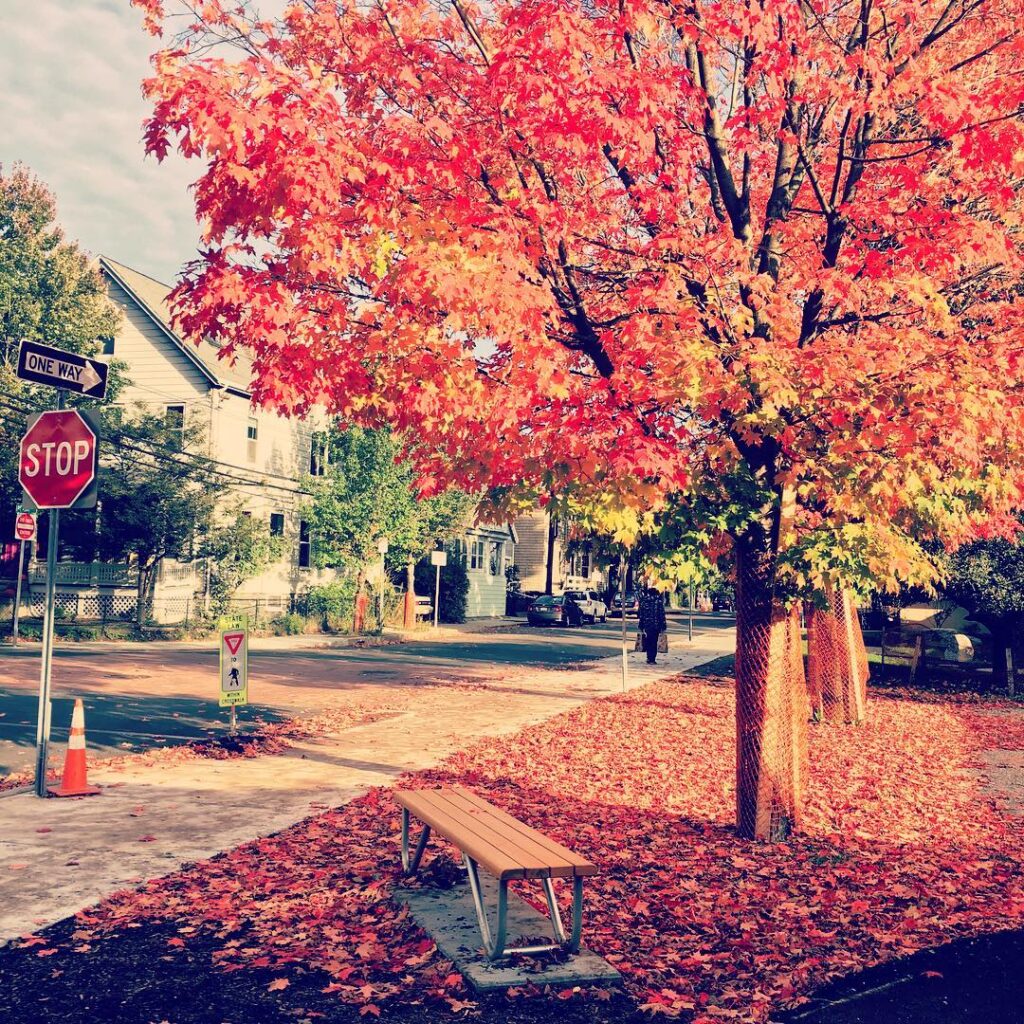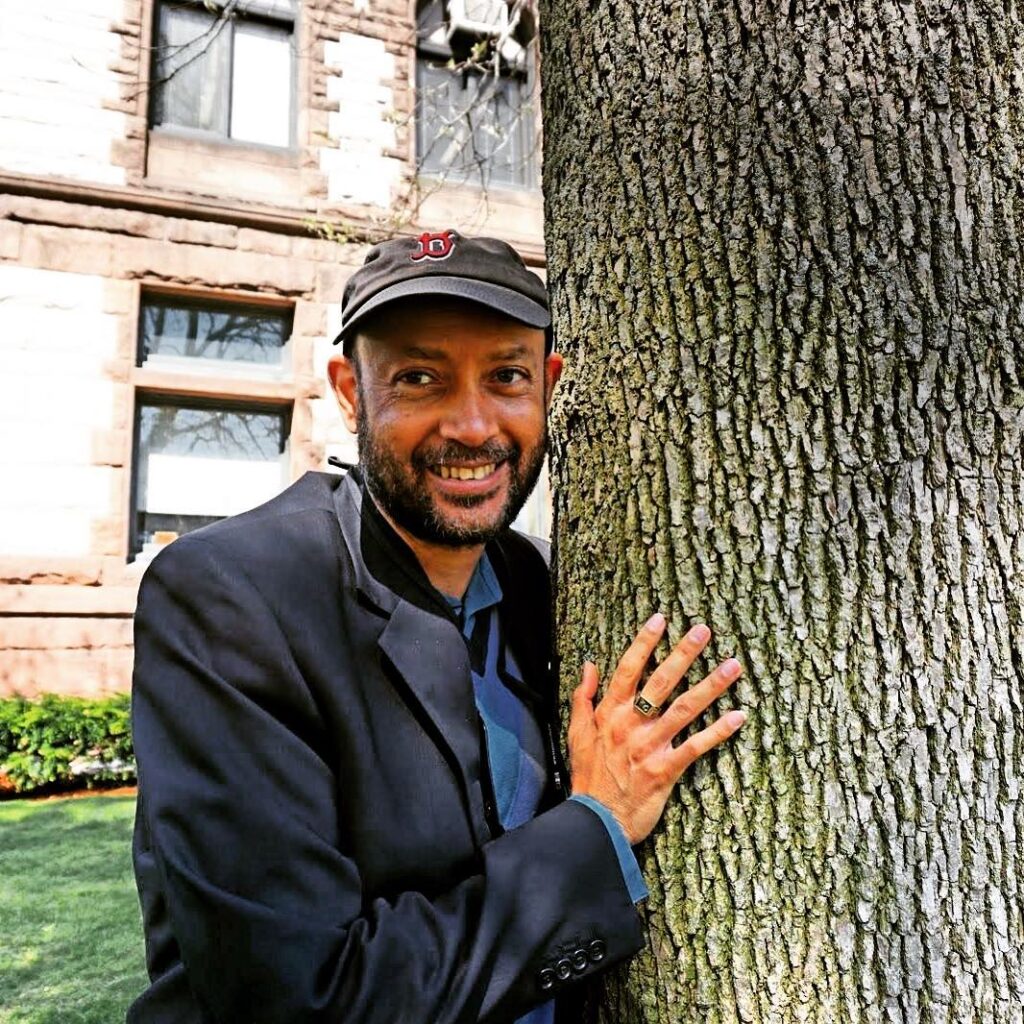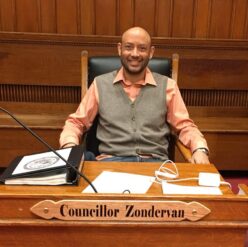The Cambridge City Council finally passed a comprehensive update to the city’s Tree Protection Ordinance. I am so grateful to everyone who contributed to this important work including the volunteer members of the Urban Forest Master Plan Task Force who spent 18 months studying the issue in-depth, DPW Commissioner O’Riordan and all the city staff who rose to the challenge of enforcing the council’s interim moratorium, as well as our former Vice Mayor Jan Devereux whose visionary leadership sparked the years-long journey to the council adopting these amendments.
Here are the key amendments in the revised Tree Protection Ordinance (TPO):

- Cements key provisions of the interim moratorium, including broad applicability to trees on private property and the fundamental requirement that a permit must be obtained before any Significant Tree can be removed. Previously, the city had no jurisdiction over trees on private property except for large projects greater than 25,000 square feet.
- Redefines what it means to be a “Significant Tree” so that more trees fall under the protection of the ordinance. The ordinance used to apply only to trees measuring 8 inches or more in diameter at breast height (DBH), but that threshold has now been lowered to protect any tree that measures 6 inches or more at DBH. According to the Urban Forest Master Plan (page 133), this change will increase the number of protected trees by 49%.
- Introduces the concept of an “Exceptional Tree”, defined as any tree with a DBH of 30 inches or more. The replacement cost for an Exceptional Tree is 1.5x as much as for a Significant Tree.
- Establishes a new mitigation formula that incentivizes replacement tree planting while still requiring substantial replacement fees. The new formula retains the financial penalties of the moratorium, but subtracts the DBH of any replacement trees planted onsite from the total DBH of the trees removed, and then applies a 50% discount to that number if any trees are replaced, creating an incentive to replant any trees that are removed.
- Expands the Tree Replacement Fund so that it can be used for tree planting and maintenance throughout the entire city instead of just along the public right of way. We need to plant many thousands of trees, but most of the city’s plantable area is on private property. This new language will hopefully allow us to scale up our planting efforts to the degree that is necessary to curb canopy loss by unlocking new opportunities across the city.
- Adds a “duty of care” provision which requires property owners to take care of Significant Trees and replacement trees on their property. This ensures that replacement trees are cared for and allowed to thrive as we incentivize replanting on private property.
- Includes an explicit provision that affordable housing developers (including the Cambridge Housing Authority) shall be permitted to apply for mitigation funds from the Tree Replacement Fund to increase canopy protection and expansion as affordable housing is constructed and renovated. I worked with Mayor Siddiqui to ensure this language was included in the final ordinance after the Council refused to make the TPO apply to affordable housing projects by a vote of 4-5. City staff and consultants had initially recommended that the Tree Protection Ordinance apply in full to affordable housing developers as a matter of equity. Many tenants bravely testified to remind us that this is a fundamental matter of environmental justice, and I have heard their voices. I still think the TPO should apply to all projects, but this compromise is an important step in that direction which should result in greater equity at affordable housing sites around the city.
These amendments are a critical step in our efforts to protect and expand the tree canopy, but the work of implementing the Urban Forest Master Plan is only beginning. I led a recent effort to triple the tree planting budget, but now we need even more funding to be able to plant thousands of trees across the city each year like the report calls for. We also need to continue our focus on equity because we know that areas with the least amount of canopy cover tend to be where our most vulnerable residents live. I’ve worked with DPW to plant dozens of trees at Greene-Rose Heritage Park and other parks in the Port, Wellington-Harrington, East Cambridge, and more. But there are still far too many empty and paved-over tree wells in these neighborhoods, and we need to do more. We need to continue advocating with property owners and the city on the importance of reversing our canopy loss. Trees provide critical protection from the increasing threat of heatwaves and flooding. Unfortunately, the City Manager has yet to fully incorporate that reality into the city’s own construction projects, and that needs to change.

